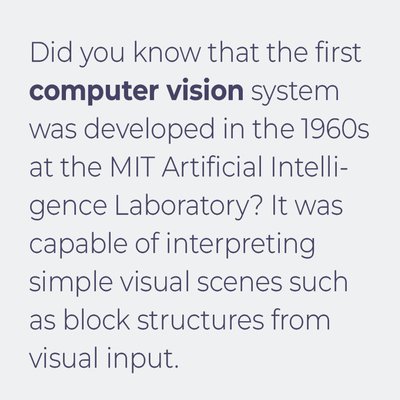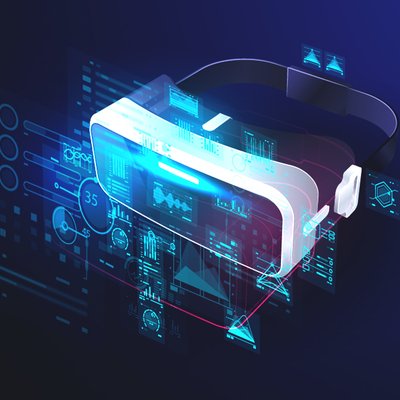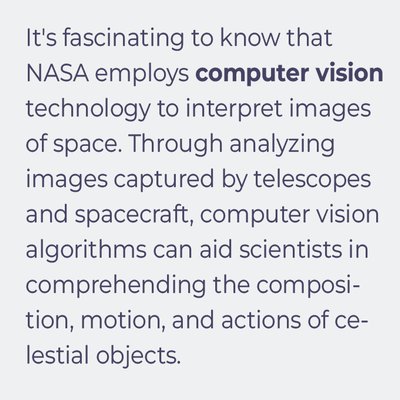AI in EdTech: How AI is Shaping the Future of Education
EdTech companies are increasingly incorporating AI into their products to enhance the learning experience, and Langly Inc. is not an exception.
May 11, 2023

Computer vision is a rapidly developing area of research that aims to give machines the ability to interpret and understand visual information from digital images and videos.
By leveraging techniques from machine learning and artificial intelligence, computer vision aims to replicate the human visual system in order to enable computers to recognize, analyze, and interpret visual information.
"Computer vision is a fascinating field that allows machines to interpret and understand the visual world like humans do. It has the potential to revolutionize many industries, from healthcare to transportation to entertainment." - Fei-Fei Li, Computer Science Professor at Stanford University and Co-Director of the Stanford Institute for Human-Centered Artificial Intelligence.
Computer vision is the field of study focused on enabling computers to interpret and understand digital images and video, mimicking human visual perception. This involves developing algorithms and techniques for analyzing and processing digital images, extracting information from them, and making decisions based on that information. Some related terms include machine vision, image processing, pattern recognition, and artificial intelligence. Ultimately, the goal of computer vision is to create machines that can "see" and interpret the visual world like humans do, with applications ranging from self-driving cars to medical diagnosis to industrial automation.

The field of computer vision is projected to keep expanding as new algorithms and image segmentation techniques are developed. One of the most promising advancements is the Segment Anything Model (SAM), which was created by Meta's FAIR lab. SAM has the potential to greatly impact the industry by generating highly-detailed object masks from various input prompts.
1. Image encoding, which converts the input image into a mathematical model
2. Vector aggregation, which combines the encoded vectors at multiple levels
3. Fast mask decoding, which generates a separate mask for each object in the image based on the encoded vectors
These types of segmentation involve using deep learning models like Recurrent Neural Networks (RNNs), Fully Connected Networks (FCNs), and Convolutional Neural Networks (CNNs) to analyze images and divide them into multiple segments. These models help in recognizing patterns and features in images, which can then be used to differentiate between various regions of an image.

Most image segmentation models follow a similar structure, which is an encoder-decoder network. The encoder processes the input image data and transforms it into a mathematical representation that can be easily manipulated. The decoder takes the encoded data and produces a segmentation map that indicates the location and boundaries of each object in the image. This approach enables the model to identify different objects in the image, even if they overlap or have complex shapes.
The flexibility of SAM's interface allows it to handle a variety of segmentation tasks using an appropriate prompt, such as clicks, boxes, and text. SAM has been trained on a vast dataset of more than one billion masks, which means that it can recognize new objects and images that were not included in the training set.

With the continuous development of advanced algorithms and image segmentation techniques, such as the revolutionary Segment Anything Model (SAM), the field of computer vision is poised to witness significant growth in the coming years. This growth is expected to lead to more robust models and intelligent applications, ultimately resulting in better user experiences.